All pathways matter - so why don't we act like it?
Last month I attended a Year 12 graduation ceremony. In conversations with other parents, I witnessed a familiar pattern. Raised eyebrows when certain career pathways were mentioned, followed by a conspicuous lack of genuine interest or follow up questions when those paths diverged from STEM expectations.
Are we still that superficial?
At Sparrowly Group, we've been working at the intersection of workforce development and education for several years. In 2019, we published the first edition of our Career Pathways Paper (now in its second edition), and since then we've evaluated numerous government education and jobs and skills interventions, designed programs, and informed policy decisions, especially in the vocational education sector. We're right in the trenches of this work literally sitting at the table where these decisions are made.
Recently, we participated in TAFE NSW's regional engagement workshops, representing community voices in discussions about accessible education pathways for young people and keeping pace with industry needs and innovation. These roundtable conversations revealed a striking disconnect. Whilst we design sophisticated strategies for workforce development, young people and their families remain trapped in outdated hierarchies about career pathways.
The pattern we see repeatedly
In our community focused design work whether it's facilitating stakeholder workshops or evaluating government interventions we hear consistent themes. Young people need affordable, accessible education pathways. Communities aspire to inclusive career options for all ages. Yet the barriers remain stubbornly familiar. Financial constraints, limited awareness of available options, and perhaps most critically, societal prejudices that simply won't budge.
Through our recent work with communities across NSW, including the Inner West, we've documented what young people actually need. Diverse career options, taster classes, short courses, and opportunities for social connection. They're telling us they want flexible learning options. Blended, work integrated, and on campus pathways. Industry is telling us they need workplace training and block release models. The information is there. The pathways exist.
Yet when we evaluate these programs, we find a critical gap. Only one in four people feel adequately informed about vocational education options. Young people have no clue about the pathways available not because the information doesn't exist, but because we've failed to dismantle the societal assumption that university is the only pathway worth pursuing.
What our evaluation work tells us
Through our strategic workforce planning and evaluation projects, we help organisations future proof their businesses with capable, confident workforces built on diverse foundations. We know what works. Codesigned strategies, outcome focused programing, and community led solutions that value ALL jobs and skills.
We've seen firsthand what happens when education providers genuinely listen. When TAFE NSW asked communities what they needed, the responses were clear. Engagement with small businesses, future focused vocational options, and wraparound support that addresses the real barriers. Childcare, transportation, cost, and lack of awareness. The solutions proposed by community members themselves were practical and achievable. Youth ambassadors from diverse backgrounds and interests, one-stop pathways portals, corporate training partnerships, and industry advisory panels co-designing curriculum.
These aren't just ideas. They're evidence based solutions emerging from proper consultation and community engagement. The kind of work Sparrowly Group does every day.
The gap between our work and our values
Have we overextended as a society the importance of a university degree, often degrees that don't lead to jobs and careers but rather leave young people with enormous debt? Our evaluation work suggests we have. Despite extensive programming to support vocational education, despite government investment, despite industry partnerships, we still can't move past our own prejudices.
In our capability building programs across Australia, New Zealand, and South-East Asia, we demonstrate that thriving businesses and communities need diverse skills and pathways. We help organisations become robust and resilient through change. We solve problems and create opportunities to enable people to grow and thrive.
Yet this organisational understanding hasn't translated to how we guide young people. Most pathway information is publicly available, but young people lack support in accessing and understanding it. They face parents with expectations that don't suit their personality or learning stage. They encounter guidance from people who, despite good intentions, provide incorrect information or reinforce outdated assumptions.
Moving forward
Our work at these roundtables and in our evaluation projects isn't just about gathering data, it's about influencing the strategic, systemic, and specific decisions that shape how education and workforce development programmes are designed and delivered.
If we're truly going to create the better workforce we design for in our strategic plans, we need to place genuine value on ALL jobs and skills and provide the right wraparound support from the beginning starting with how we talk to young people about their futures - at school, at home and in the media.
As someone who participates in shaping these policies and programs professionally and who observes the impact personally, I know we can do better. We need to genuinely listen to young people, help them navigate available resources, and enable more informed choices or at least help them understand that choices and pathways exist for them.
Young people are our future, and if we want them to shine brightly, we need to give them the right tools and support, not dim their light and send them into decisions in the dark.

